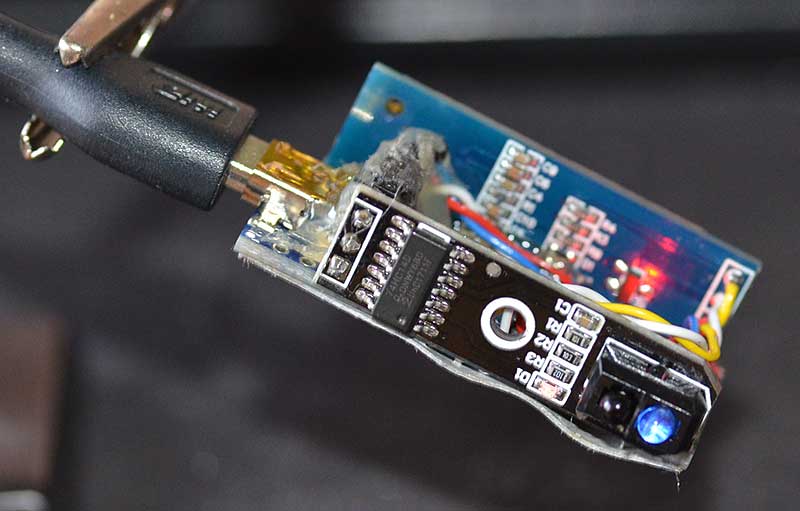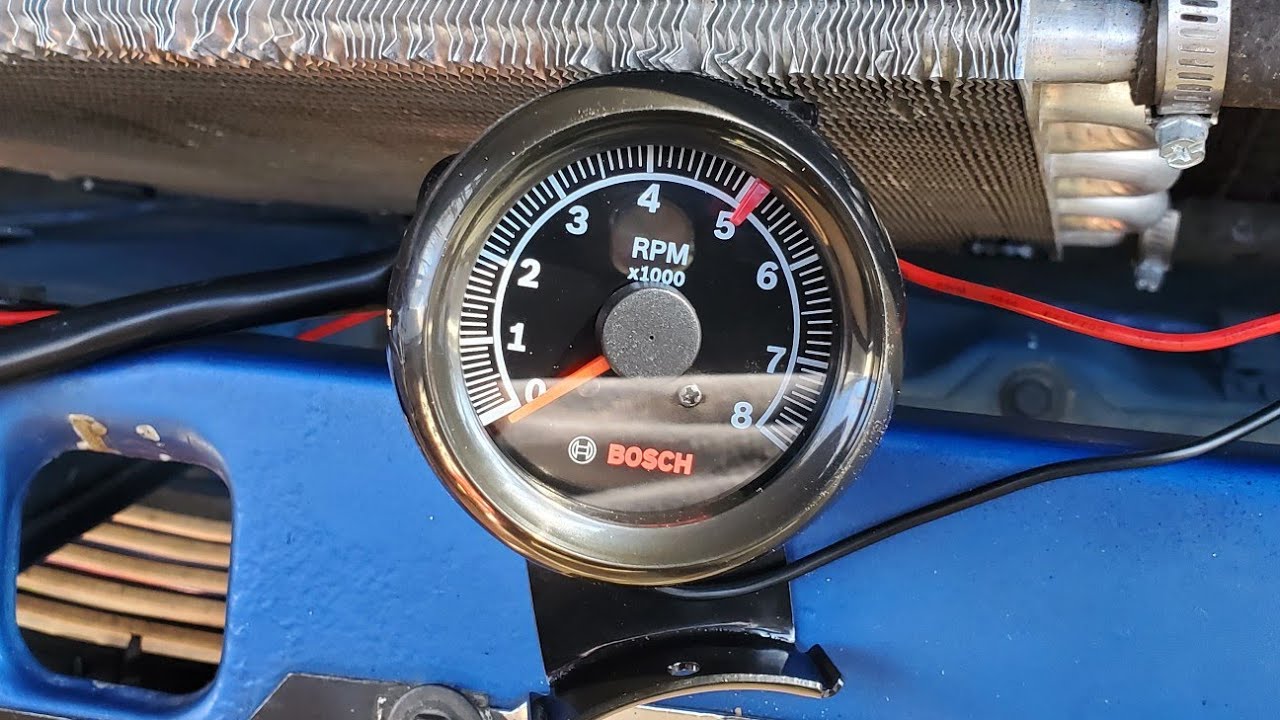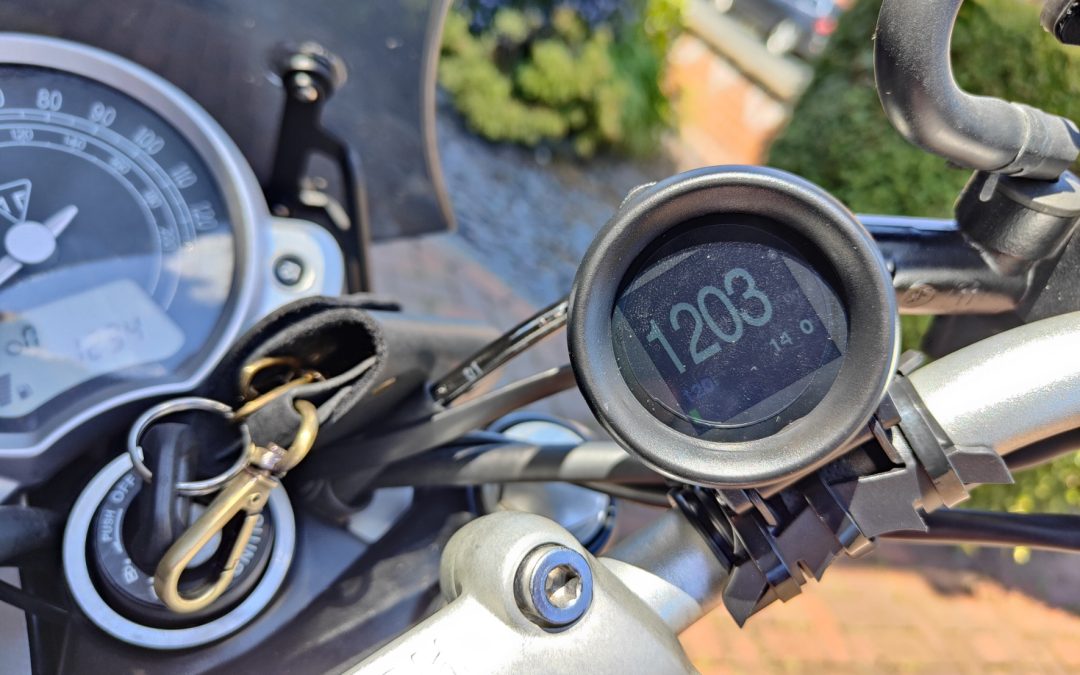An optical tachometer is a high-precision instrument used for measuring rotational speeds. Industries ranging from manufacturing to automotive heavily rely on this technology for various quality assurance tasks. Understanding what is an optical tachometer and how it operates can significantly enhance your approach to quality assurance.

Understanding the Basics
At its core, an optical tachometer uses light to measure rotation. This optical method offers several advantages over mechanical or contact-based tachometers. Not only does it provide accurate measurements, but it also ensures minimal wear on the components being measured.
How Does an Optical Tachometer Work?
The basic principle involves sending a beam of light to the rotating object. As the object reflects the light, the tachometer counts the number of reflections received over a period of time. This count is then used to calculate the rotational speed.
Applications in Various Industries
Optical tachometers find applications in multiple sectors. For instance, in the semiconductor manufacturing industry, they are used for monitoring the speed of semiconductor wafer spinners. In automotive industries, they play a crucial role in engine testing and performance tuning.
Advantages of Using Optical Tachometers
One of the main benefits of using optical tachometers is their tremendous accuracy. This technology allows for non-contact measurement, reducing wear and tear on parts and increasing the lifespan of both the instrument and the equipment being measured.
Real-World Examples
A terrific example of optical tachometers in action is in paint and coating inspection. By measuring the rotational speed of applicators, companies can ensure uniform application of paint or coatings, leading to higher quality products.
Technological Developments in Optical Tachometers
The technology behind optical tachometers is continually evolving. Recent advancements have led to even more precise instruments capable of measuring at higher speeds and resolutions. For instance, in genetic analysis, optical tachometers are now being used to monitor the speed of centrifuges, significantly improving output.
Features to Look For
When choosing an optical tachometer, consider factors such as measurement range, accuracy, and durability. Latest models often come with digital displays and can be integrated with other equipment for real-time data monitoring.
Common Questions about Optical Tachometers
Why Choose an Optical Tachometer Over a Mechanical One?
Optical tachometers offer non-contact measurement, which means less wear and tear on both the instrument and the object being measured. Additionally, they provide more accurate and reliable readings.
What Industries Benefit the Most from Optical Tachometers?
Industries like automotive, semiconductor manufacturing, and quality assurance in production lines benefit significantly from the high accuracy and non-contact measurement provided by optical tachometers.
What are the Limitations?
While highly accurate, optical tachometers may face issues in environments with excessive dust or reflective surfaces. However, modern devices are designed to minimize these drawbacks.

Conclusion
Understanding what is an optical tachometer and its applications can provide tremendous advantages in various industrial settings. Its non-contact measurement capabilities ensure precision and durability, making it a terrific addition to any quality assurance toolkit.
For further information, you can visit this detailed guide on tachometer technology.
